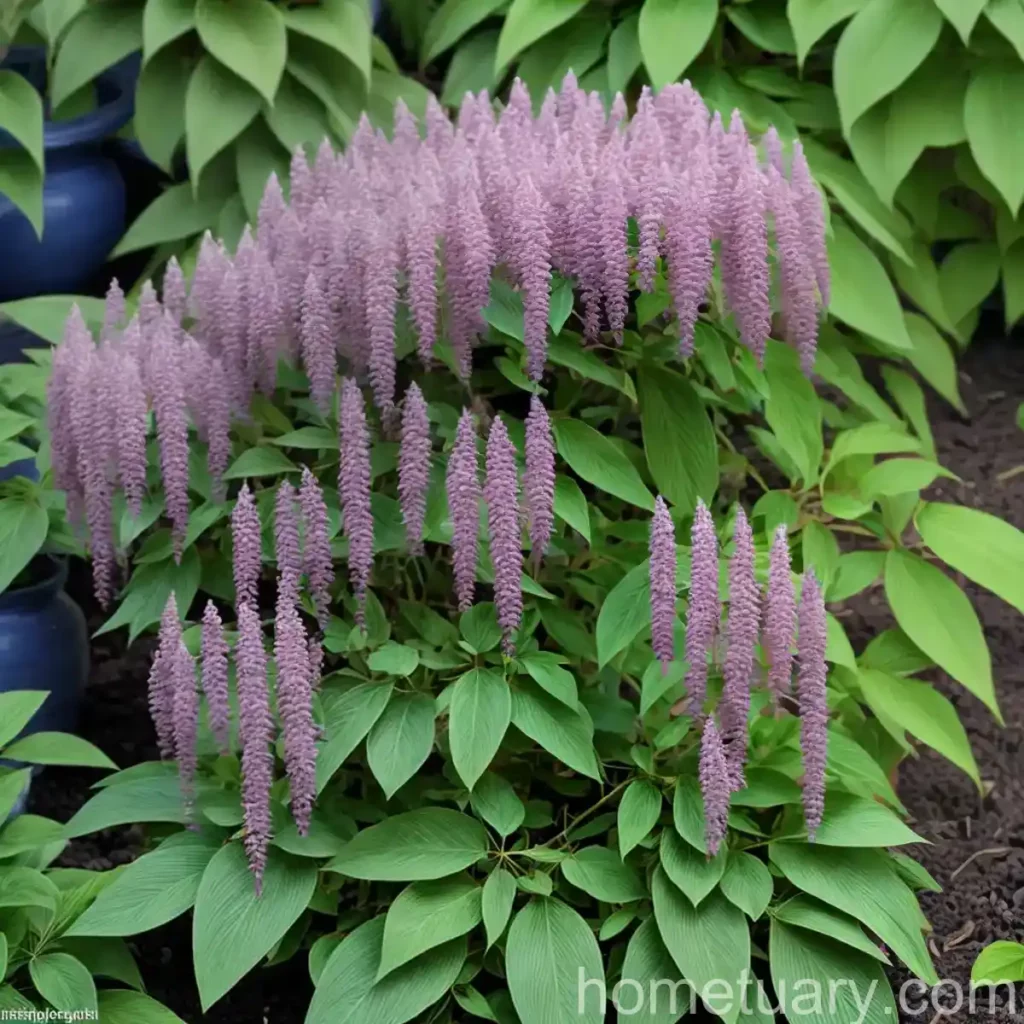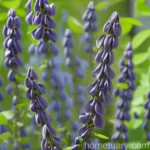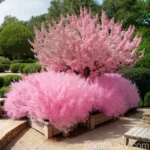Chinese Indigo (Indigofera amblyantha): A Comprehensive Guide
Introduction
China has a rich history of traditional medicine and the use of natural dyes in the textile industry. One plant that has been integral to both these aspects is the Chinese Indigo (Indigofera amblyantha).
What is Chinese Indigo (Indigofera amblyantha)?
Chinese Indigo, scientifically known as Indigofera amblyantha, is a perennial, leguminous shrub that has been cultivated for its various uses. It belongs to the Fabaceae family, which encompasses a wide range of flowering plants. The plant typically grows to a height of about two to three feet and is characterized by its vibrant green leaves and small, delicate pink or purple flowers.
This plant is renowned for its dye-producing properties and is considered essential in traditional herbal medicine. With its multiple uses and benefits, the Chinese Indigo is a valuable addition to any garden or landscape.
Key Takeaways
Chinese Indigo (Indigofera amblyantha)
- Name: Chinese Indigo
- Scientific Name: Indigofera amblyantha
- Family: Fabaceae
- Uses: Dye production, traditional medicine
- Characteristics: Perennial, leguminous shrub with small pink or purple flowers and vibrant green leaves
Culture
Uses
The Chinese Indigo plant has been utilized for several purposes, including:
– Dye Production: The leaves of the plant are a rich source of indigo dye, a natural coloring agent renowned for its use in the textile industry.
– Traditional Medicine: The plant has been historically used to prepare herbal remedies owing to its beneficial properties.
Water
- Watering Frequency: Moderate, allowing the soil to dry slightly between watering sessions.
- Watering Technique: Water at the base of the plant to avoid wetting the foliage and flowers, which can help prevent diseases.
Sunlight
- Light Requirements: The Chinese Indigo thrives in full sunlight, requiring at least six hours of direct sunlight daily.
Fertilizer
- Fertilization: Use a balanced, slow-release fertilizer during the growing season to encourage healthy growth and prolific flowering.
Soil
- Soil Type: Well-draining, slightly acidic soil is ideal for Chinese Indigo plants.
- Soil Composition: A mix of sand, loam, and organic matter provides the necessary nutrients for the plant’s growth.
Pruning
- Pruning Requirements: Prune leggy or overgrown stems to encourage bushier growth and better flowering.
- Pruning Technique: Use clean, sharp pruning shears to make precise cuts. Remove any dead or diseased branches to maintain plant health.
Propagation
- Propagation Method: Chinese Indigo can be propagated through both seed sowing and stem cuttings.
- Seed Sowing: Sow seeds in well-draining soil, keeping them moist until germination occurs.
- Stem Cuttings: Take 4-6 inch cuttings from healthy plants and root them in a suitable potting medium.
Container Popularity
The Chinese Indigo plant is a popular choice for container gardening, as it can be grown in a relatively compact space. Its striking appearance and beneficial properties make it an attractive addition to any outdoor or indoor container garden.
Common Diseases
The Chinese Indigo plant is relatively resistant to diseases when provided with suitable growing conditions. However, like any plant, it can be susceptible to certain issues.
Disease Diagnosis
The following are common diseases that may affect Chinese Indigo plants:
– Root Rot: This can occur in poorly-draining soil or overwatered conditions.
– Powdery Mildew: It can appear on the foliage in humid conditions.
Common Pests
While the Chinese Indigo plant is generally resistant to pests, it may occasionally face infestations from certain insects.
Botanist’s Tips
- Ensure proper soil drainage and avoid overwatering to prevent root rot.
- Regularly inspect the plant for signs of pest infestation and take appropriate measures to address the issue promptly.
Fun Facts
- The Chinese Indigo plant has been traditionally linked to various folklore and cultural practices, highlighting its significance in different societies.
- One of the oldest natural dyes, indigo extracted from plants like the Chinese Indigo has been used for centuries to color textiles and has cultural and historical importance in many countries.
Links to External Resources
For more detailed information on Chinese Indigo and related topics, refer to the following resources:
– Royal Horticultural Society – Indigofera amblyantha
– Missouri Botanical Garden – Growing Indigofera amblyantha
– Indigofera: Unexplored Medicinal Potential
– Dye Plants and Dyeing Techniques
As evident from the comprehensive guide provided, Chinese Indigo (Indigofera amblyantha) is a fascinating plant with a rich history and a multitude of cultural and practical uses. Whether you are interested in natural dyes, traditional medicine, or simply adding an attractive and beneficial plant to your garden, the Chinese Indigo is a versatile and historically significant choice that deserves a place in any horticultural space.















